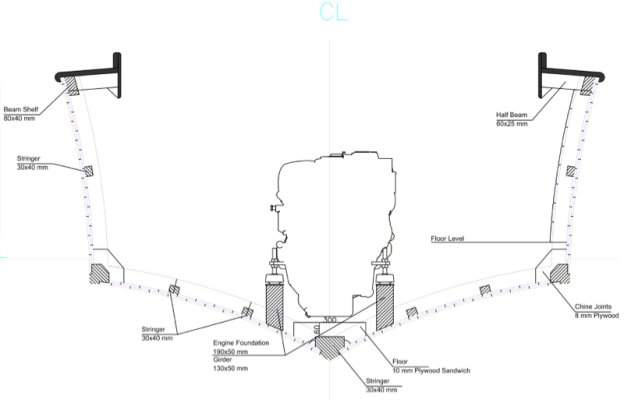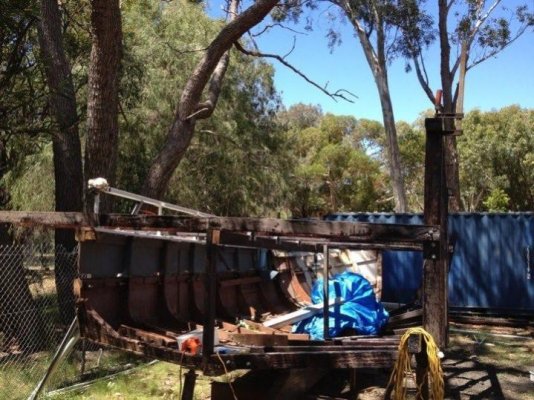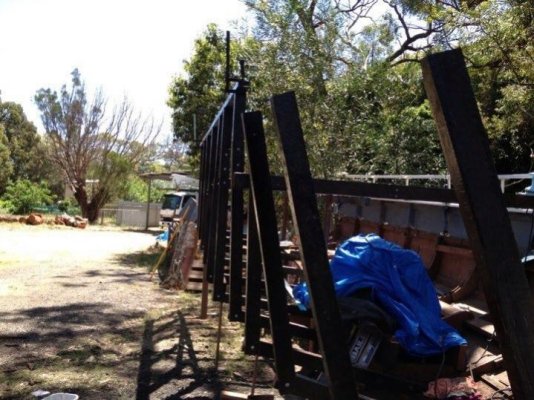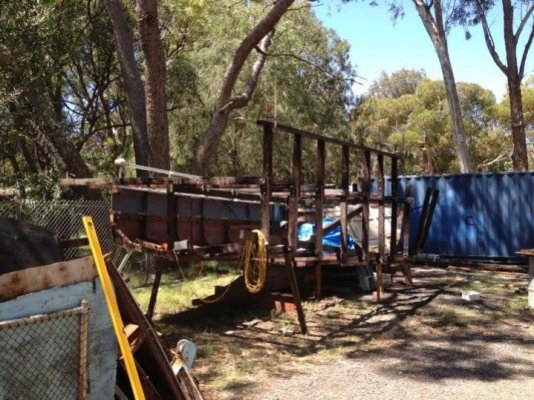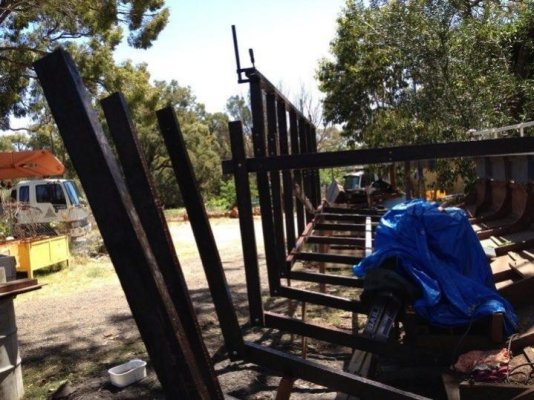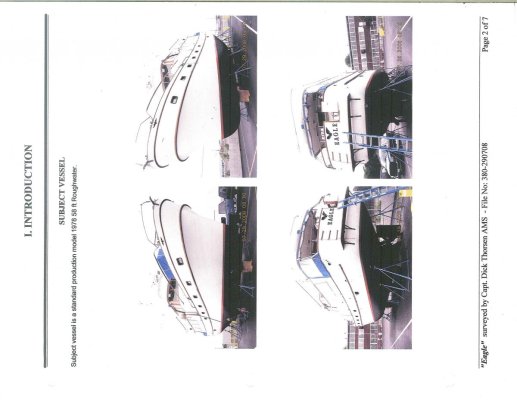G'day all,
As you know I'm rebuilding/recreating my timber boat. Now the current concern I have is the boats sides. I have built them straight up. Not flared out. She looks a little odd atm so I'm not sure if its an optical illusion that will go when she's got the ply sheets on or wether I should look at changing it now before it gets too late. I liked the straight sides on my Bayliner 3055 but not sure about it on this. Will it act differently in the water because if this?
Also the beam of the boat is 3100mm at the centre and 2000mm at the transom. I've kept the 3100mm at the centre but have widened the transom to be 3100mm as well. My reasoning is that I wanted it to be wider to be more symmetrical and to have more room at the back. In doing this do you think this have any affect on the way she handles and her stability.
In relation to the front ribs, should I make the bottom rib shorter to allow more angle on the side rib or do you think this'll be fine?
Before I started to build her the keel looked quite large but now it looks rather small. Should this be made higher or wont that really matter.
Ok well that's the issues I have at the moment Any and all relevant input would be highly appreciated.
Thanks ;-)
Regards Matt
iPad Forum Runner
As you know I'm rebuilding/recreating my timber boat. Now the current concern I have is the boats sides. I have built them straight up. Not flared out. She looks a little odd atm so I'm not sure if its an optical illusion that will go when she's got the ply sheets on or wether I should look at changing it now before it gets too late. I liked the straight sides on my Bayliner 3055 but not sure about it on this. Will it act differently in the water because if this?
Also the beam of the boat is 3100mm at the centre and 2000mm at the transom. I've kept the 3100mm at the centre but have widened the transom to be 3100mm as well. My reasoning is that I wanted it to be wider to be more symmetrical and to have more room at the back. In doing this do you think this have any affect on the way she handles and her stability.
In relation to the front ribs, should I make the bottom rib shorter to allow more angle on the side rib or do you think this'll be fine?
Before I started to build her the keel looked quite large but now it looks rather small. Should this be made higher or wont that really matter.
Ok well that's the issues I have at the moment Any and all relevant input would be highly appreciated.
Thanks ;-)
Regards Matt
iPad Forum Runner

